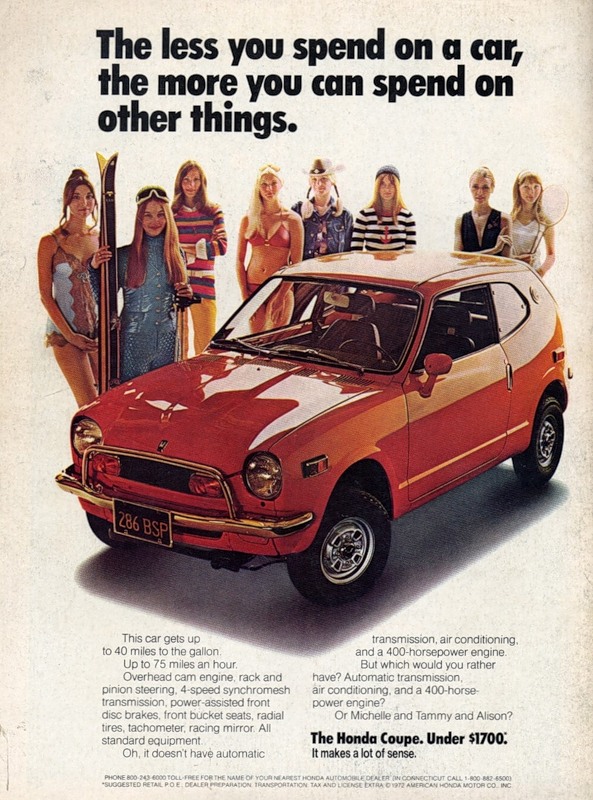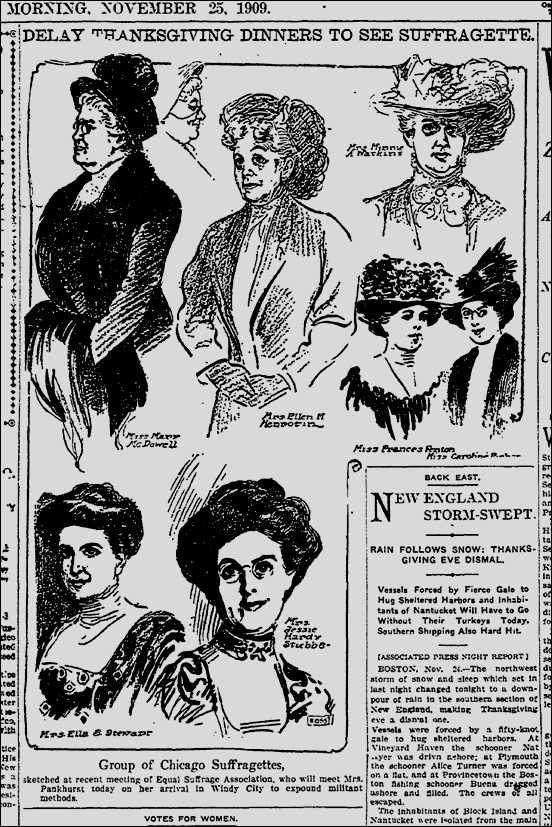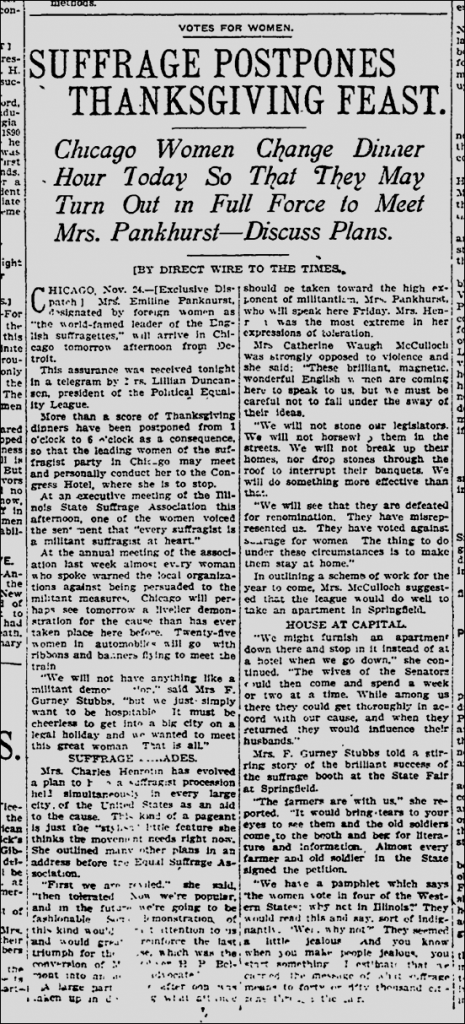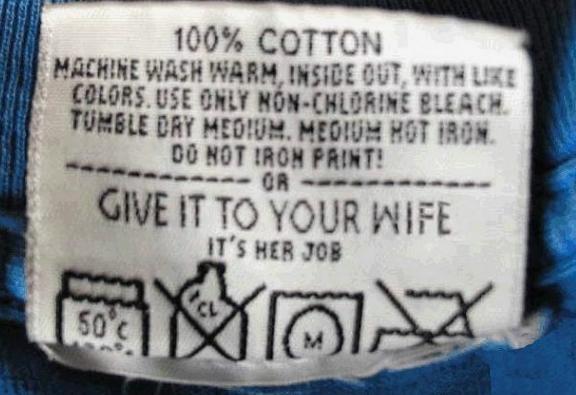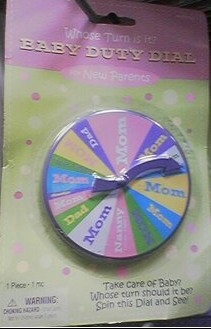Josh W. emailed to let us know that he was recently browing the website Toys to Grow On and was surprised when he noticed that girls were used to model a number of toys that we’d normally see with boys:




The degree to which toys are gendered really struck me when I realized how surprising these images are–that a girl dressed up as an FBI agent, or using tools, was something to be excited about because it’s so unusual.
Interestingly, I looked through the rest of the site and didn’t find an equivalent effort to show boys playing with stereotypically feminine toys. In fact, boys were quite underrepresented on the site–there are many more girls than boys. If I had to just hazard a guess, I’d think this has something to do with the fact that we tend to imagine gender equality as a world in which women have access to the same things men have–jobs, equivalent pay, and so on. We worry that girls are being harmed if they’re told girls aren’t good at math, never see images of women as doctors, and so on. Most people are less likely to think boys are being treated unfairly by not seeing images of boys playing with dolls or an Easy Bake oven, so the absence of those types of images don’t get as much criticism or attention.
UPDATE: Commenter Alyssa nicely summarizes why see this difference:
Unfortunately, we don’t see boys as being treated as unfairly when they don’t get to do “girl things” because girl things are considered inferior. It seems natural to people that girls and women want to do boy/men things because we see these activities as worth while. But a boy or man doing girl/women things is seen as somehow deviant because they are seen as wasting their time doing something useless.
But the truth is things that are usually labeled as feminine, are worthwhile. Boys certainly are disadvantaged when they are discouraged to learn how to take care of themselves. They are disadvantaged when they are discouraged learn empathy and social skills. Our view of all things feminine are inferior hurts both boys and girls.




